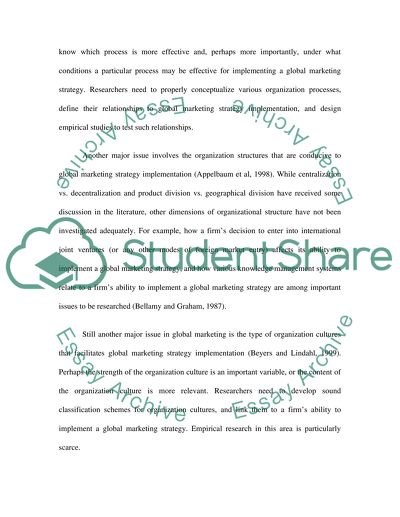Cite this document
(“Major Theoretical Logic in Global Marketing Essay”, n.d.)
Major Theoretical Logic in Global Marketing Essay. Retrieved from https://studentshare.org/marketing/1525805-international-marketing-strategies
Major Theoretical Logic in Global Marketing Essay. Retrieved from https://studentshare.org/marketing/1525805-international-marketing-strategies
(Major Theoretical Logic in Global Marketing Essay)
Major Theoretical Logic in Global Marketing Essay. https://studentshare.org/marketing/1525805-international-marketing-strategies.
Major Theoretical Logic in Global Marketing Essay. https://studentshare.org/marketing/1525805-international-marketing-strategies.
“Major Theoretical Logic in Global Marketing Essay”, n.d. https://studentshare.org/marketing/1525805-international-marketing-strategies.


